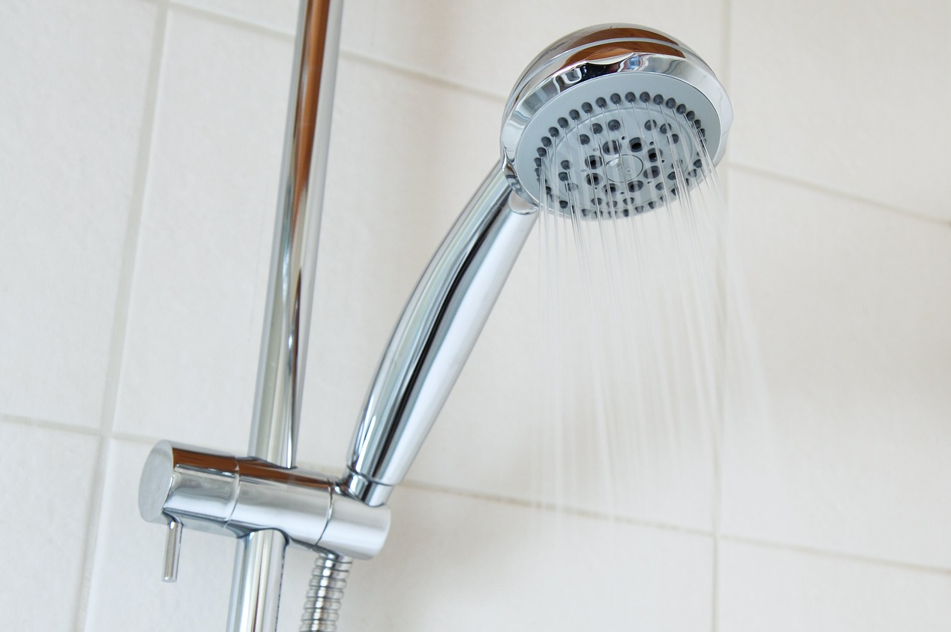
Replacing a shower cartridge is a common DIY project that many people take on to fix a leaky shower faucet.
But sometimes the shower might not turn off even after you installed the new cartridge.
If you find yourself in this situation, you most probably didn’t install it properly.
In this post, I’ll go over this and a couple of other reasons why a shower won’t turn off after replacing cartridges, and what to do.
One of the most common reasons is improper installation.
Shower cartridges are made to fit perfectly into the valve body. If they’re not aligned right or if they’re not tightened up completely, the valve might not close properly.

Also Read: No Cold Water In Shower After Replacing Cartridge
That’s why it’s really important to stick to the instructions from the manufacturer.
Even a tiny mistake can cause problems!
Some common mistakes during installation include:
Another potential cause could be a faulty or incompatible replacement cartridge.
Not all cartridges are created equal, and using a low-quality or incompatible cartridge can lead to issues like the one you’re experiencing.
You should get one that is specifically designed for your shower valve model and brand.
If you use the wrong cartridge, it might not fit well.
This can make the shower not turn off even after replacing the cartridge.
Over time, mineral buildup and debris can accumulate within the shower valve, which makes the valve stem stuck or partially obstructed.
Also Check Out: Luxury Gold Thermostatic LED Shower Set

This can prevent the valve from closing properly, even with a new cartridge installed.
If that is the case, your shower won’t turn off.
Another reason is a blocked valve seat.
The valve seat is the component within the shower valve that the cartridge stem seals against when the valve is in the closed position.
If this valve seat is worn or damaged, it will prevent the cartridge from sealing properly.
It can also happen if the valve assembly can become worn, corroded, or damaged.
Here’s what to do if your shower won’t turn off after replacing cartridge:
The first thing you should do is double-check the cartridge installation.
Even a minor misalignment or over tightening can prevent the valve from closing correctly.
Start by turning off the water supply to the shower, and remove the handle trim and escutcheon plate to access the cartridge nut or sleeve.
Remove the cartridge from the valve body and reinstall it.
Make sure that it is properly aligned with the valve body and stem.
And follow the manufacturer’s instructions closely, as different cartridge designs may have specific alignment requirements.
Also Read: Can You Use 1 1/2 Pipe For Shower Drain
If mineral buildup or debris is causing the valve stem to stick, you can try cleaning it using a mild descaling solution or vinegar.
Turn off the water supply and remove the cartridge from the valve body.
You can use a small brush or rag and dip it and gently scrub away any buildup or deposits on the valve stem and seat.
After that rinse the stem and seat with clean water to remove any residual solution.
Now carefully reinstall the cartridge back.
Double check if the new cartridge you bought is faulty or incompatible. If it is – replace it.
Get a new one that’s made well and meant for your shower valve.
And make sure to follow the instructions exactly when you install it to make sure it fits right and seals properly.
If the valve seat is worn or damaged, it may need to be replaced too.
This can be a more complex task, and you may want to consider calling a plumber, especially if you’re not comfortable working with plumbing components.
If the shower handle feels soft or loose, it could be because the retaining nut is loose too. Go ahead and see if tightening the nut helps.
Sometimes a loose handle screw can prevent the cartridge from shutting off completely too.
Use a screwdriver to tighten the screw on the handle that controls the water flow.
But be careful not to over-tighten it.
And if there’s too much grease on the cartridge, try wiping some off.




Leave a comment